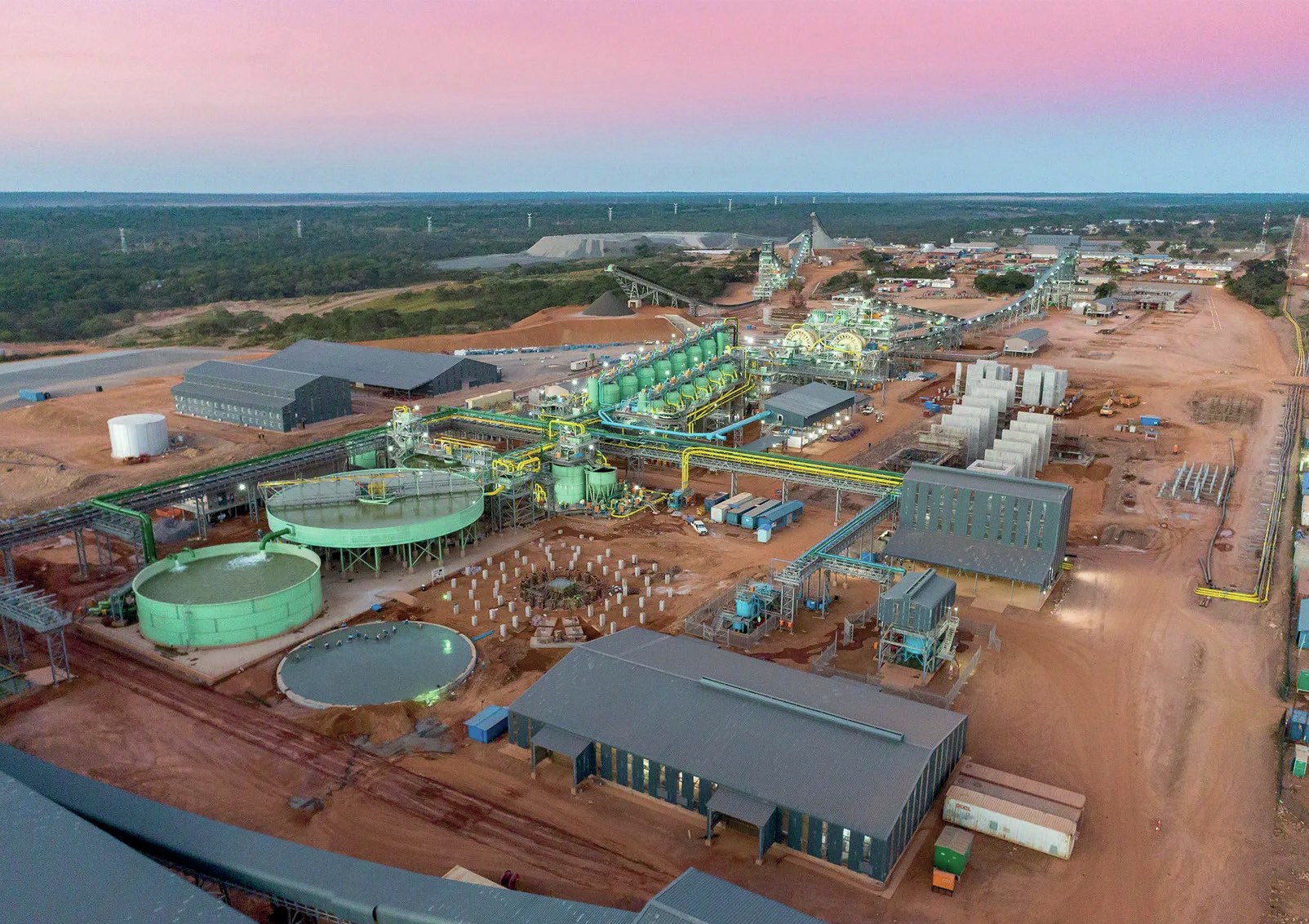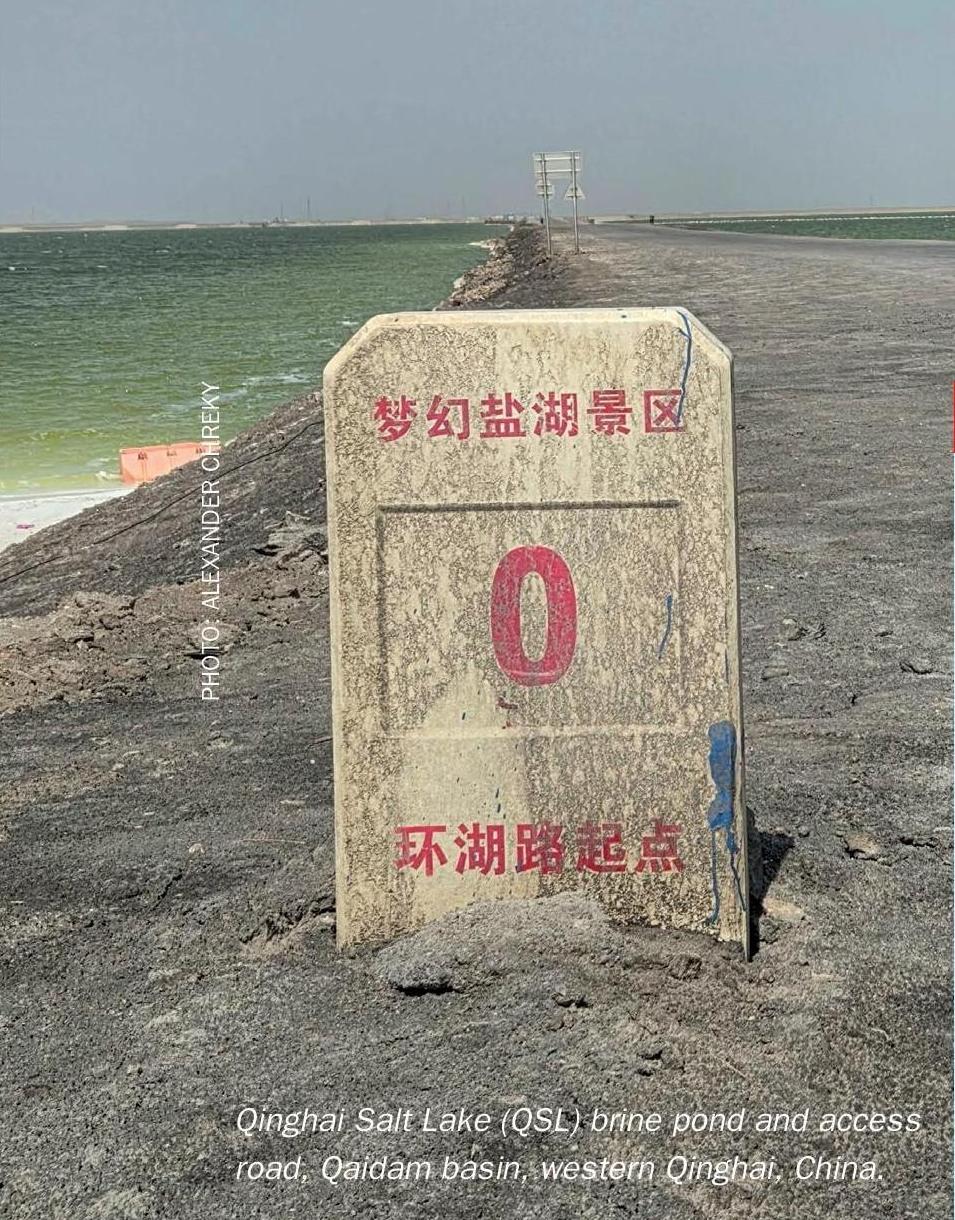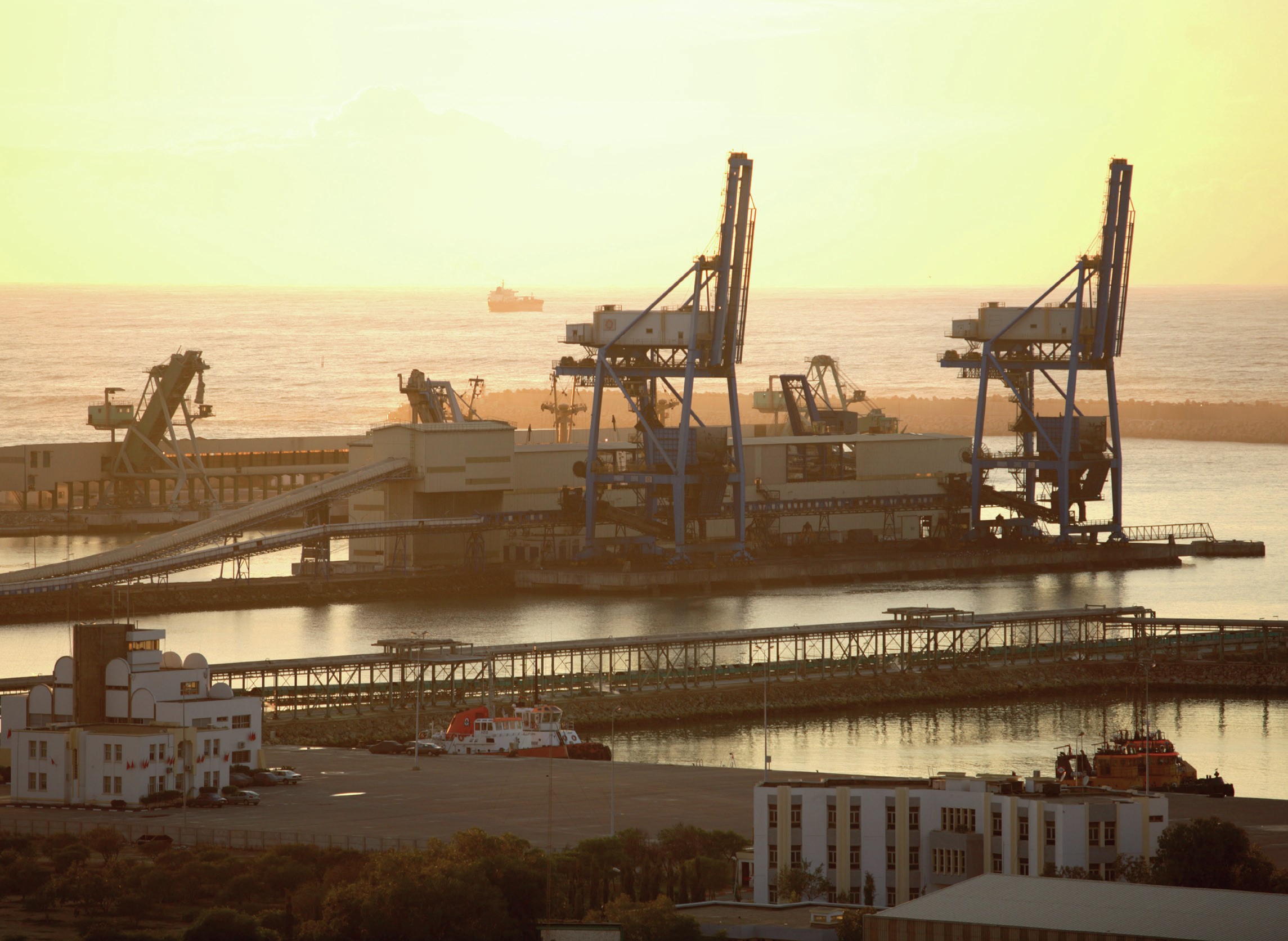Nitrogen+Syngas 363 Jan-Feb 2020

31 January 2020
Nitrogen Industry News Roundup
Nitrogen Industry News
NETHERLANDS
Tecnimont and Stamicarbon celebrate 10th anniversary
Maire Tecnimont and its urea licensing subsidiary Stamicarbon celebrated the 10th anniversary of Tecnimont’s purchase of Stamicarbon from DSM at Limbricht Castle in the Netherlands. The event, attended by Stamicarbon employees and the management of both companies, was an opportunity for the companies to reflect on the past ten years, as well as future developments and opportunities. From Maire Tecnimont’s point of view, it has enabled them to become a leading technology provider for urea production, and strengthened the group’s identity as a major technology licensor and EPC contractor for fertilizer plants. Stamicarbon was able to broaden its value proposition thanks to effective synergies with the group’s sister companies, while leveraging Maire Tecnimont’s network to expand its international footprint.
Speaking at the event, Pierroberto Folgiero, CEO of Maire Tecnimont said: “Innovation is the result of vision and investment, but to take off, it needs know-how and human capital, two qualifications that Stamicarbon has always had. The future driver for innovation and transformation of the group will be digitalisation, where we were able to make a step forward by acquiring the company Protomation, specialised in information technology with an extensive portfolio in the fertilizer sector. The acquisition also brought growth to Stamicarbon, as we were able to expand our portfolio of products and services (e.g. by including Basic Engineering) to accelerate our growth.”
Pejman Djavdan, CEO of Stamicarbon said. “In order to keep feeding a growing population we will focus, together with the group, on sustainable intensification of agriculture with fertilizers. This means that production of fertilizers needs to be optimised to have less impact on the environment and to be based on renewable energy sources. But also new technologies have to be developed to make fertilizers more efficient and effective. A challenge that we and Maire Tecnimont will work on.”
AUSTRALIA
Burrup fertilizer plant moving ahead
Perdaman Industries, which is developing the US$4.5 billion Burrup fertilizer project in northwest Australia, says that it has now received the backing of the local Murujunga Aboriginal Corporation (MAC), and can proceed to planning and environmental approvals. The agreement will see Perdaman contributing more than $11 million over the estimated 25 year life of the project to MAC, which represents the Yinjibarndi, Yaburara, Mardudhunera and Wong-Goo-Tt-Oo peoples. The funding is partly for support and preservation of indigenous art and culture, including the Burrup Peninsula’s extensive rock art, which has been submitted for World Heritage status, and about which there were concerns that emissions from the plant could degrade the petroglyphs.
Perdaman is planning to build a 2 million t/a ammonia-urea plant, exporting finished product via the nearby port of Dampier. The Burrup Peninsula is already home to the Yara Pilbara Fertilisers ammonia plant, and the Yara Pilbara Nitrates ammonium nitrate plant, which is currently nearing completion. Once planning and environmental approvals are complete and project finance in place, which Perdaman anticipates being complete in 1H 2020, construction can begin, with completion expected by the end of 2023 and commercial production beginning in 2Q 2024.

ANGOLA
Uralchem in joint venture fertilizer project
Uralchem has signed a memorandum of understanding with Angola’s Grupo Opaia SA for the development of a joint venture ammonia and urea complex. The signing ceremony was attended by Dmitry Konyaev, deputy chairman of Uralchem’s board of directors and Agostinho Kapaia, president of Grupo Opaia SA. The proposed project is a 1.2 million t/a ammonia-urea unit, with cost put at $1.2-1.3 billion, with bank financing to be arranged by Uralchem. The projected on-stream date for the complex is 2023. Uralchem will be responsible for all issues related to the design and construction of the plant and sale of the products, while Grupo Opaia SA will be responsible for approvals and documentation, securing gas supply and selecting a suitable site.
Speaking at the ceremony, Dmitry Konyaev said that the existing problems in Africa related to food, logistics and technology can be solved only if there will be support from individual countries, as well as from development institutions, governments and the business community. He stressed that Ural-chem is ready to offer not only mineral fertilizers, but also digital solutions for farmers, as well as agricultural consulting services.
POLAND
KBR technology selected for nitric acid plant
KBR has been awarded a contract to license its proprietary Plinke Magnac technology to produce high concentration nitric acid at Grupa Azoty’s Tarnow site in Poland. KBR will provide basic and detailed engineering design, equipment, and related advisory services for the plant, which will be built adjacent to an existing plant that was also supplied by KBR (via its takeover of Weatherly Inc), and which been in operation since 1998. Magnac technology is used to produce 98.5 wt% high concentration nitric acid from fresh, weak nitric acid.
Grupa Azoty is a leader in the fertilizer and chemical market in Poland and one of the key players in Europe. It is the second largest EU-based manufacturer of nitrogen and compound fertilizers, as well as a range of other products, including melamine, caprolactam, polyamide, oxoalcohols, plasticisers and titanium white.
“This contract reinforces KBR’s existing relationship with Grupa Azoty,” said Doug Kelly, KBR President, Technology Solutions. “We are proud to deliver well-proven solutions that will enable Grupa Azoty to achieve its business expansion goals safely, reliably and efficiently.”
INDIA
Ramagundam plant aiming for March commissioning
Ramagundam Fertilizers and Chemicals Ltd (RFCL) says that it expects to complete commissioning of its urea plant at Ramagundam and begin commercial urea production by the end of March. The gas supply pipeline from Kakinada is now operational and the plant’s flare stack was recently commissioned. The plant will be the first of the previously closed state-owned fertilizer plants, in this case run by the Fertilizer Corporation of India Ltd, which are being revamped and upgraded and brought back on-line as part of the government’s attempt to reassert Indian self-sufficiency in urea production. RFCL was incorporated in 2015 as a joint venture between National Fertilizers Ltd (NFL) and Engineers India Ltd, which both have a 26% stake, the Fertilizer Corporation of India Ltd and the government of Telangana, both with 11%, the Gas Association of India Ltd (14.3%) and the HTAS Consortium ( 11.7%). The plant’s new foundation stone was laid by India’s prime minister Narendra Modi in August 2016.
KBR, Stamicarbon to supply technology for Talcher ammonia-urea project
KBR has secured a contract for its ammonia synthesis technology from Wuhuan Engineering Co., Ltd for the Talcher fertilizer unit, as part of the benchmark coal-tourea project in India. Under the terms of the contract, KBR will provide the technology license and basic engineering design, catalyst, and proprietary process equipment for the plant, based on KBR’s ammonia synthesis technology.
The project is part of the Government of India’s efforts to increase domestic urea capacity for fertilizer production, reducing India’s reliance on imported urea and fertilizer. At present, there are no operational coal gasification based urea plants in India. Wuhuan is the EPC contractor for Talcher Fertilizer Limited (TFL), a joint venture of Indian public sector companies formed to complete the project.
“We are proud to be part of this significant project in India,” said Doug Kelly, KBR President, Technology Solutions. “KBR’s ammonia synthesis process will deliver flexibility, reliability, and cost competitiveness to Talcher for years to come.”
Stamicarbon have been awarded the license for the associated urea plant. The company says that this project is a strategic milestone, as it marks 40 years of Stamicarbon’s presence in the Indian market. Stamicarbon will deliver the process design package for a 3850 t/d urea melt and prilling plant, featuring a pool condenser design. The complete synthesis section will be carried out in Safurex® stainless steel. The commissioning of the plant is expected in 2023.
IndianOil to collaborate on DEF bulk dispensing
IndianOil has signed an agreement with Cummins Technologies India Pvt Limited for bulk dispensing of IndianOil’s diesel exhaust fluid (DEF) urea solution, branded as IOC ClearBlue, in their advanced engines with SCR (selective catalytic reduction) systems. Subimal Mondal, executive director, IndianOil, and Anjali Pandey, vice president (engine business unit and component business), Cummins India, signed the agreement.
Ms. Pandey said, “In the new emission era of BS-VI, all diesel vehicles will require IOC ClearBlue, and the right quality will extensively help in controlling the NOx emitted. Its easy availability at fuel stations will ensure availability and consistent quality across the country.”
India will shift to BS-VI auto fuel emission norms from 1st April 2020. Automobile companies are effecting several technical changes in diesel vehicles such as provisions for fitting diesel particulate filters, selective catalytic reduction (SCR) systems and exhaust gas recirculation (EGR).






